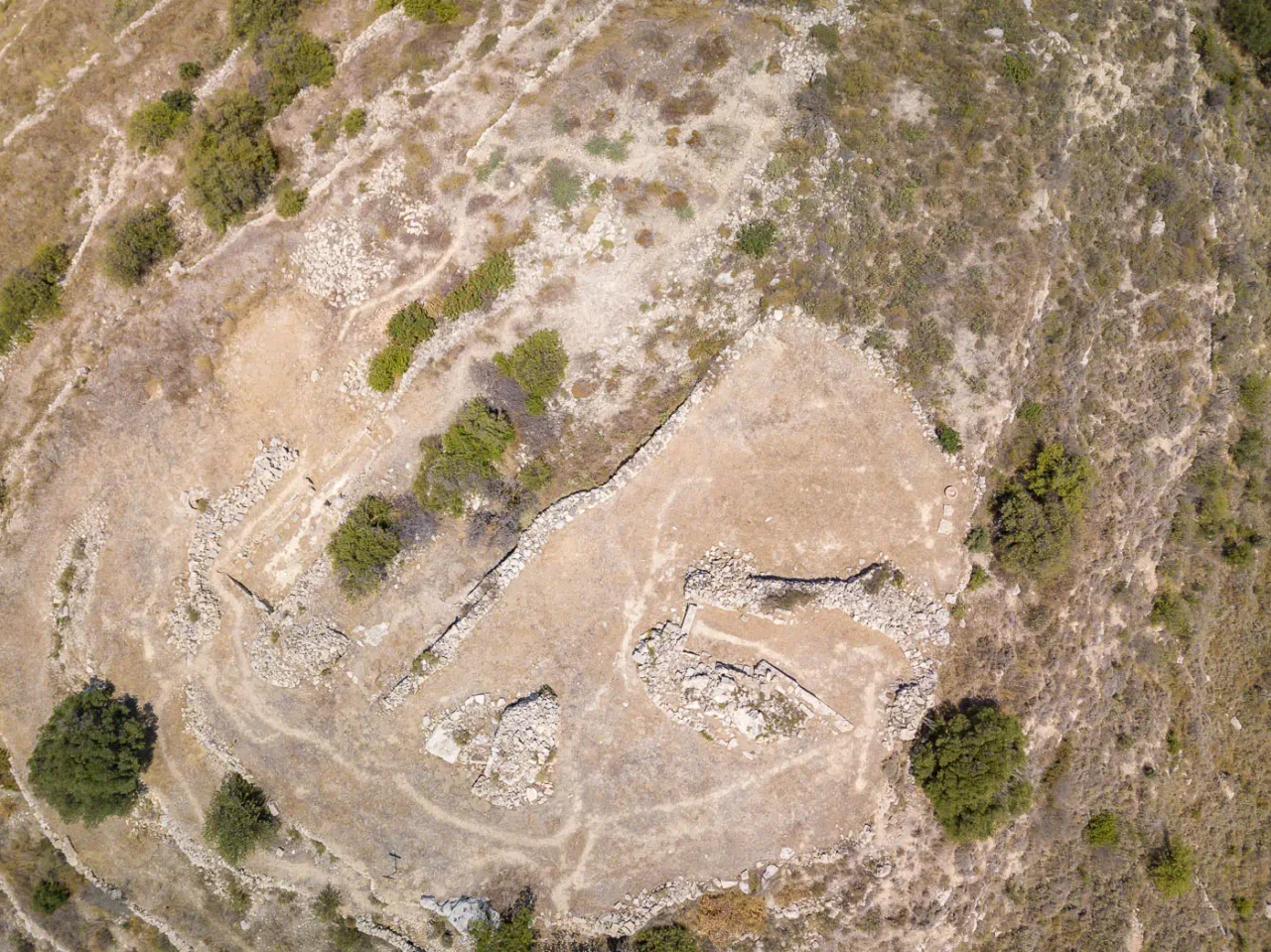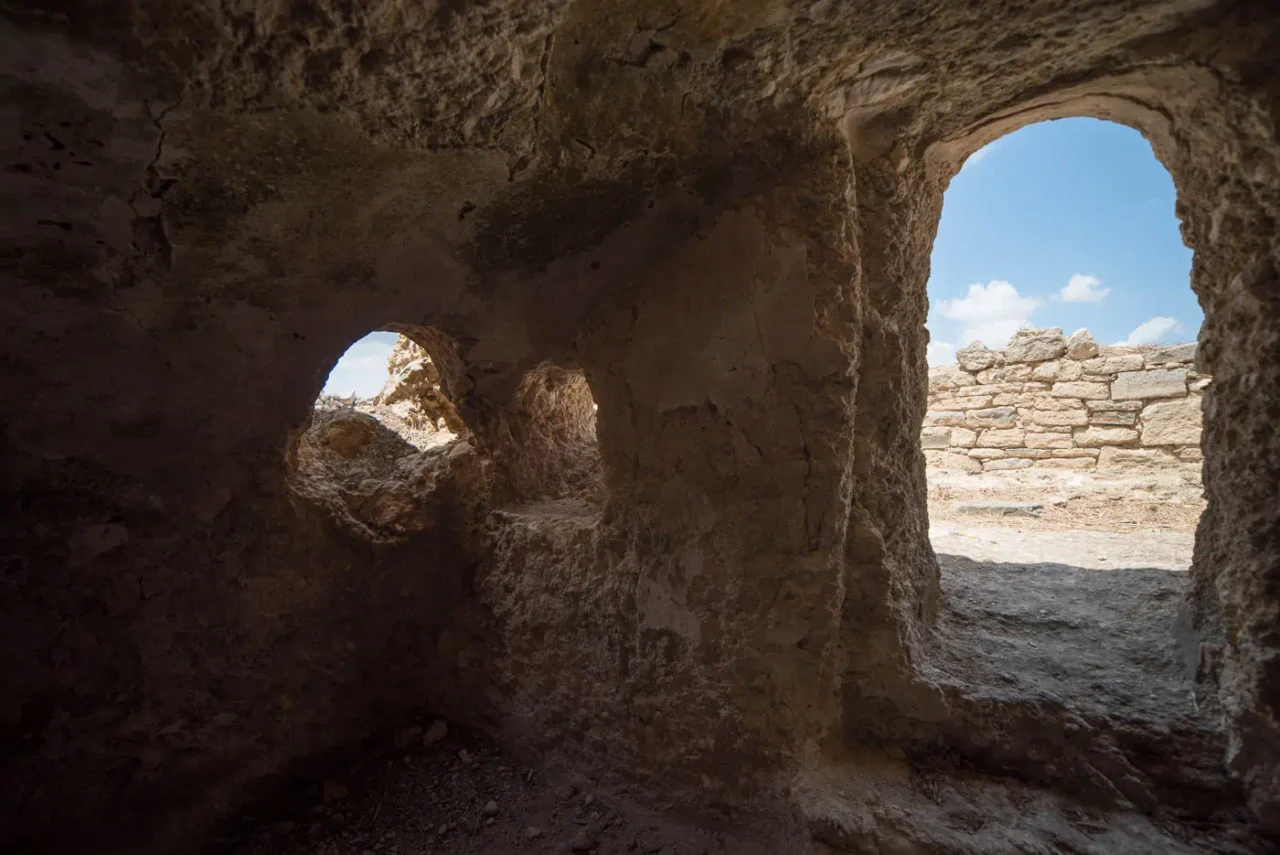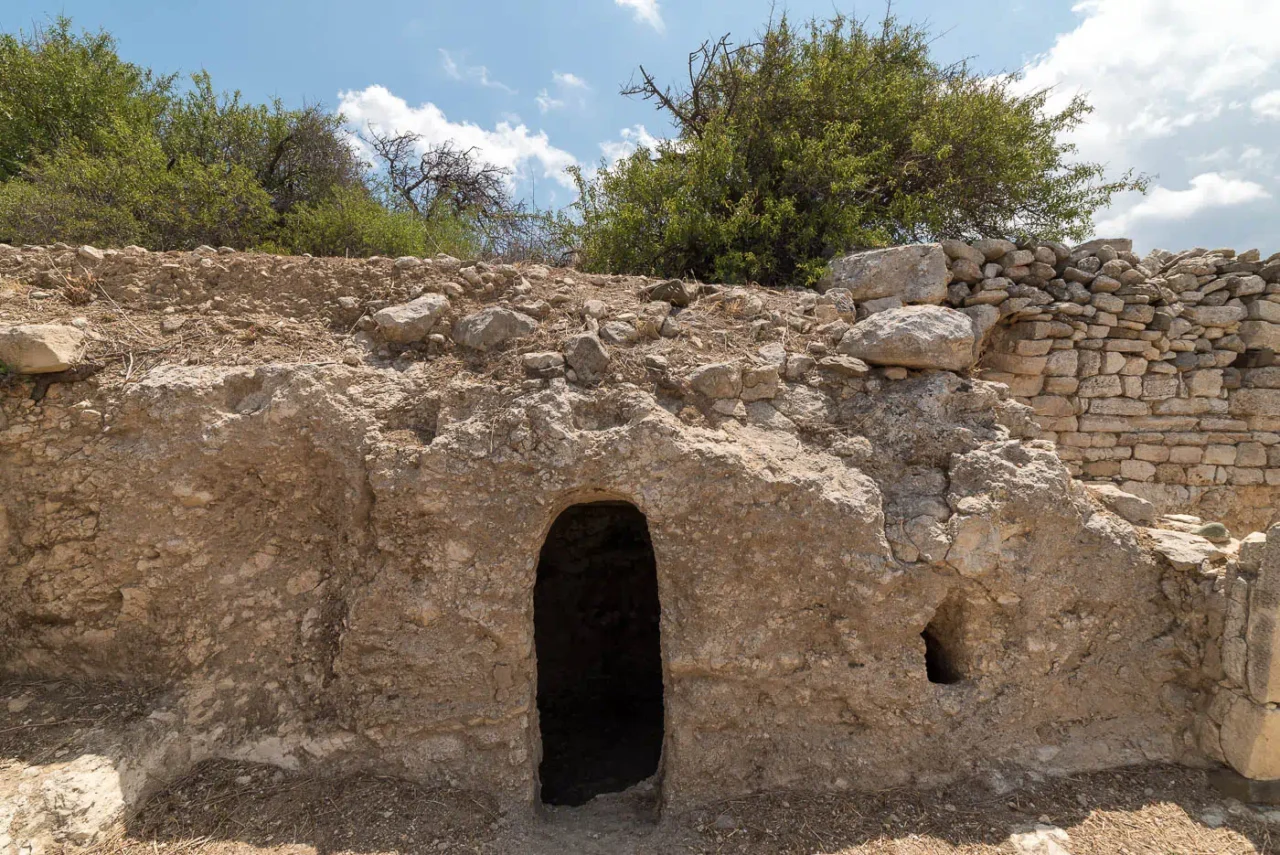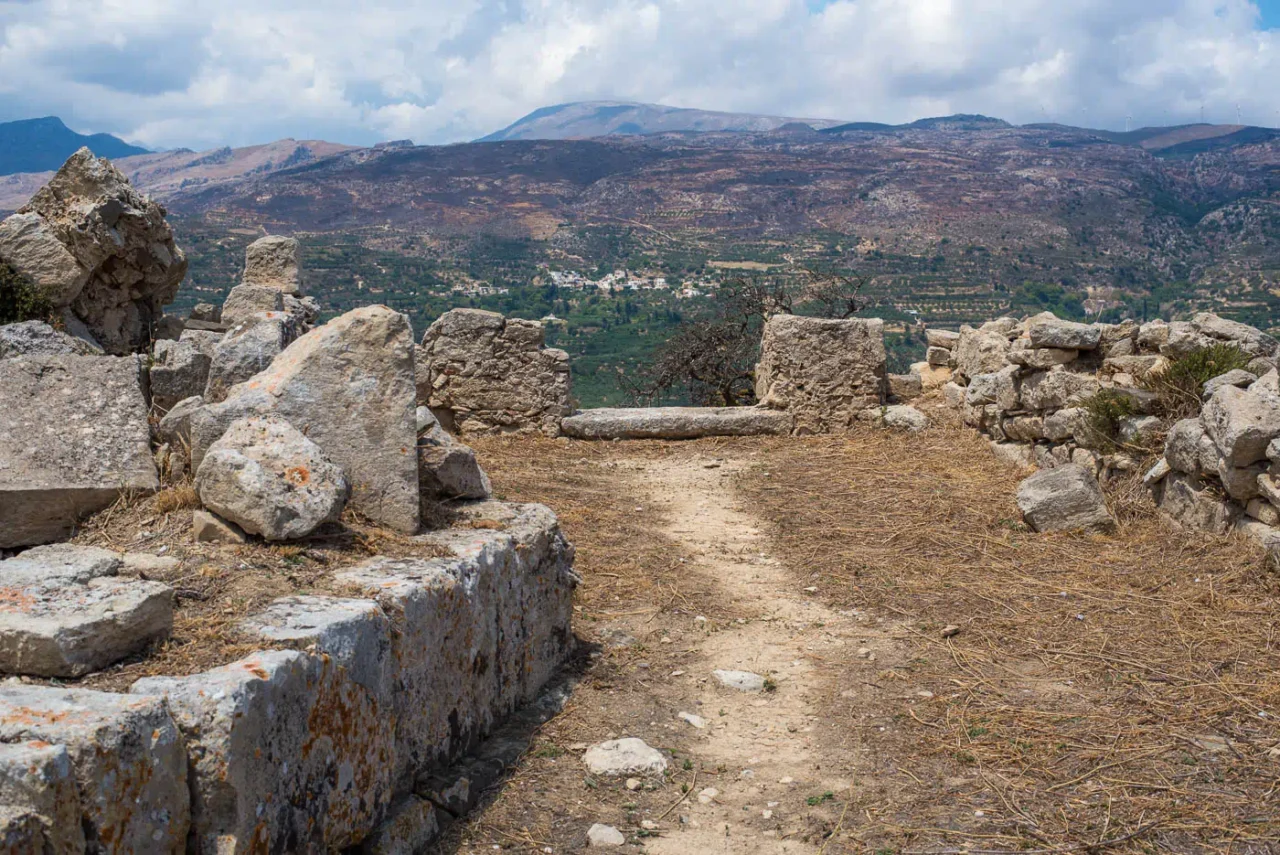



Praisos, an ancient city located in eastern Crete near modern-day Nea Praisos, holds a unique place in Cretan history. It was the sole Greek city-state situated inland in the far eastern part of the island. The city’s strategic location in the Praisos corridor, a key passage linking the northern and southern coasts, played a crucial role in its development and interactions with neighboring cities.
Historical Significance
Praisos is renowned for its association with the Eteocretans, considered the “true” or original Cretans. This connection is supported by archaeological findings, including inscriptions written in the Greek alphabet but not in the Greek language, identified as Eteocretan. These inscriptions, dating from the Archaic to the early Hellenistic periods, provide valuable insights into the city’s governance and cultural identity.
The city’s strategic location in the Praisos corridor made it a central point for trade and communication between the northern and southern coasts of eastern Crete. This position facilitated Praisos’s interaction with neighboring cities and its involvement in the broader political and economic landscape of the island.
Evolution Over Time
Praisos experienced various phases of occupation and development throughout its history. Archaeological evidence suggests that the site was occupied as early as the Neolithic period, with significant habitation during the Late Minoan period (1600-1100 BC). The city flourished during the Geometric and Archaic periods (c. 1100-500 BC), as evidenced by architectural remains and inscriptions. However, it faced challenges and changes in subsequent periods.
In the Hellenistic period (c. 323-67 BC), Praisos engaged in territorial expansion, seeking access to the sea and control over maritime trade routes. This led to conflicts and alliances with neighboring cities, ultimately resulting in its conquest by Hierapytna in the mid-2nd century BC.
Following its destruction by Hierapytna, the area of Praisos was abandoned for a significant period. It was only reoccupied in the Middle Byzantine period, around the 11th century AD, with the establishment of small agricultural settlements and fortified sites in the region.
Connections to Neighboring Cities
Praisos’s interactions with neighboring cities were complex and varied over time. During its peak in the Geometric and Archaic periods, Praisos exerted influence over the surrounding region, as evidenced by the presence of Archaic sanctuaries in the area. These sanctuaries served as territorial markers and symbols of the city’s power and cultural significance.
However, Praisos’s relationship with neighboring cities, particularly Hierapytna, became increasingly antagonistic in the Hellenistic period. The competition for control over trade routes and resources led to conflicts and ultimately to Praisos’s downfall.
Archaeological Site: Key Points
- Construction Period: Geometric and Archaic periods (flourishing period)
- Location: Eastern Crete, near modern-day Nea Praisos
- Dimensions: The urban center extended over three acropoleis.
- Historical Significance: Sole inland Greek city-state in far eastern Crete, associated with the Eteocretans, important center for trade and communication.
- Current Status: Archaeological site with remains from various periods, including the Geometric, Archaic, and Hellenistic periods.
- Tombs: Five tombs dating to the Late Minoan period (Tholos A-E) are located near the settlement. These tombs, particularly the tholos tombs, showcase unique architectural styles and burial practices of the time. The tholos tombs, with their circular chambers and corbelled roofs, are characteristic of Minoan funerary architecture. The presence of these tombs provides valuable insights into the burial customs and social structures of the Late Minoan period in Praisos.
References
- THE 147 CITIES OF ANCIENT CRETE, Antonis Vasilakis
- The cities of Crete under Roman rule (1st–3rd centuries AD), Michalis Karambinis, Journal of Greek Archaeology 7 (2022): 233–268
- Contextualizing the Late Minoan tombs of Praisos, Alexandra Katevaini, Proceedings of the 3rd Scapecon Conference, Gronigen Institute of Archaeology, 22 – 29 September 2020


There are no comments yet.